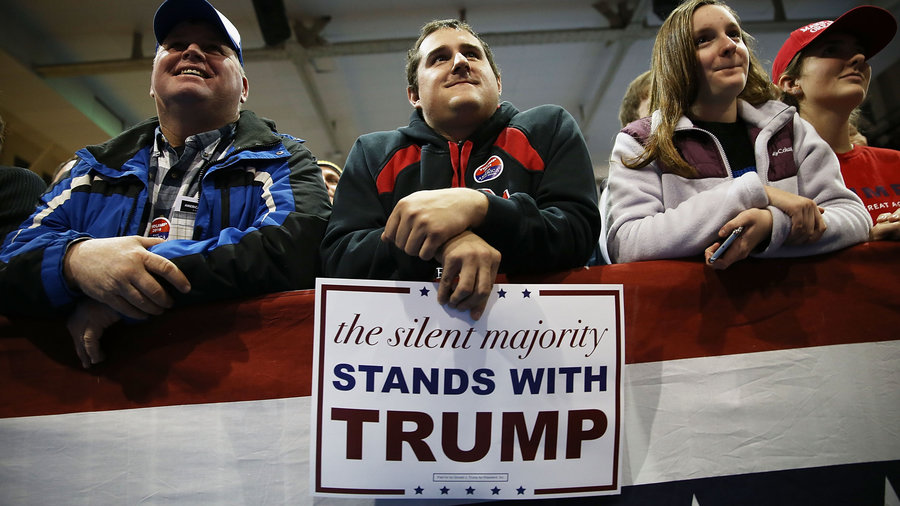Trump’s Unacceptance Speech
 In the last and final debate, Donald Trump casted significant doubt on whether he would accept the results of the November election and concede to Hillary Clinton should she win. His statements concerning his concession have garnered many negative reactions, but Hillary Clinton has not passed up this amazing chance to utilize his comments to garner favor with potential middle class voters. In the debate, she immediately responded to his comments, calling them “horrifying” and stating, “let’s be clear about what he is saying and what that means: he is denigrating, he is talking down our democracy.” Until this point, Trump has seemed to paint himself as the patriotic choice with his “Make America Great Again” slogan and his appeals to the every man. But this recent outburst causes problems. Hillary can now come in with the claim that Trump is questioning our very democracy. By altering the rhetoric, she can shape the story to help her appeal to the patriotic middle class. In Pennsylvania rallies this past week, she did just that.
In the last and final debate, Donald Trump casted significant doubt on whether he would accept the results of the November election and concede to Hillary Clinton should she win. His statements concerning his concession have garnered many negative reactions, but Hillary Clinton has not passed up this amazing chance to utilize his comments to garner favor with potential middle class voters. In the debate, she immediately responded to his comments, calling them “horrifying” and stating, “let’s be clear about what he is saying and what that means: he is denigrating, he is talking down our democracy.” Until this point, Trump has seemed to paint himself as the patriotic choice with his “Make America Great Again” slogan and his appeals to the every man. But this recent outburst causes problems. Hillary can now come in with the claim that Trump is questioning our very democracy. By altering the rhetoric, she can shape the story to help her appeal to the patriotic middle class. In Pennsylvania rallies this past week, she did just that.
Pennsylvania Rallies
 In a speech to Pittsburgh supporters, Clinton made it clear that she did not find humor in Trump’s comments: “We know in our country the difference between leadership and dictatorship. Peaceful transition of power is one of those things that sets us apart.” This theme only continued at a rally in Philadelphia later that night. This time, Tim Kaine focused on Trump’s anti-democracy statements: “Trump insulted the pillars of our country’s democracy by saying he wouldn’t accept the results of the election.” If Hillary Clinton continues to emphasize Trump’s concession comments, she can paint herself as the pro-democracy candidate. While this stance is not a normal position we would even think necessary in a presidential race, there is certainly nothing normal about this particular election. By utilizing this stance to create pro-America, anti-Trump rhetoric, Clinton can continue to increase her standing with middle class voters who greatly value patriotism.
In a speech to Pittsburgh supporters, Clinton made it clear that she did not find humor in Trump’s comments: “We know in our country the difference between leadership and dictatorship. Peaceful transition of power is one of those things that sets us apart.” This theme only continued at a rally in Philadelphia later that night. This time, Tim Kaine focused on Trump’s anti-democracy statements: “Trump insulted the pillars of our country’s democracy by saying he wouldn’t accept the results of the election.” If Hillary Clinton continues to emphasize Trump’s concession comments, she can paint herself as the pro-democracy candidate. While this stance is not a normal position we would even think necessary in a presidential race, there is certainly nothing normal about this particular election. By utilizing this stance to create pro-America, anti-Trump rhetoric, Clinton can continue to increase her standing with middle class voters who greatly value patriotism.






